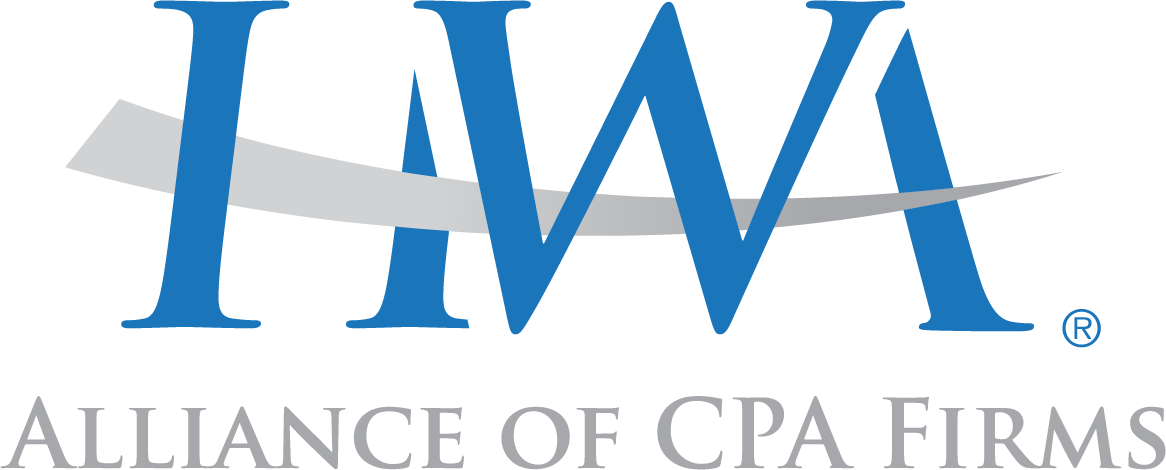Stay Compliant, Stay Funded: Year-End Financial To-Dos for Every Nonprofit

As the year comes to a close, nonprofits face more than just wrapping up programs and planning future initiatives. Closing the year with strong compliance practices not only safeguards funding but also empowers your organization to step into the new year with confidence. Think of it like
running a marathon: the final stretch determines whether you cross the finish line strong or stumble. Compliance goes beyond ticking off requirements, it’s what helps your nonprofit remain credible, open, and prepared for what lies ahead. In this article, we’ll walk through the key financial and compliance to-dos nonprofits should tackle before the end of the year.
Why Year-End Financial Planning Matters
Nonprofits live and breathe accountability. Donors, grantors, and regulators all expect transparency. A strong year-end financial process ensures:
- Accurate books and reports
- Compliance with IRS and state requirements
- Donor trust through transparency
- Continued eligibility for grants and funding
Weak compliance practices risk penalties, reputational damage, and even funding loss. Done right, year-end planning strengthens credibility, attracts new donors, and reassures existing supporters that their contributions are well-managed.
Preparing Your Financial Records
- Organize Income and Expenses: Start by reviewing every revenue stream—donations, grants, program income—and making sure expenses are coded correctly. Clean records prevent chaos during audits and make reporting straightforward.
- Update Contribution Records: Every dollar from donors should be documented. Sending accurate receipts and acknowledgments helps with tax reporting and strengthens donor relationships.
- Track Grants and Restricted Funds: Grantors expect accountability. Keep clear records of how restricted funds are applied and verify that every expense matches the terms of the grant.
Reconciling Accounts Before Year-End
- Bank Reconciliations: Every bank account should match your accounting records. If they don’t, investigate and resolve discrepancies before auditors do.
- Credit Card and Petty Cash Checks: Small leaks sink big ships. Reconciling petty cash and credit card transactions prevents fraud and errors.
- Matching Budgets to Actuals: Compare your budget with actual financial activity. Spotting trends—like overspending on programs—helps you correct course before it’s too late.
Review and Update Budgets
Variance Analysis: Variance reports highlight where you deviated from your plan. Use them to explain differences and plan for adjustments.
Planning for Next Year’s Programs: Budgets aren’t static—they’re roadmaps. Align your next budget with strategic goals and upcoming projects.
Addressing Overspending or Underspending: Underspending can be just as harmful as overspending—grantors expect resources to be used as promised.
Audit Preparation
- Internal Control Checks: Strong internal controls protect against fraud and errors. Review approval processes, expense documentation, and segregation of duties.
- Collecting Supporting Documentation: Every financial transaction should have backup: invoices, receipts, grant agreements, and payroll reports.
- Watch for Red Flags: Red flags include excessive admin costs, missing documentation, and restricted funds used incorrectly.
Compliance Requirements to Check Off
- IRS Form 990: File on time and accurately—your nonprofit’s public report card.
- State Charitable Registrations: Renew annual filings to keep fundraising legal.
- Payroll Taxes: Double-check withholdings and remittances to avoid costly penalties.
Strengthening Donor Communication
- Acknowledgment Letters: Send personalized thank-yous and tax documentation before year-end.
- Transparency: Share year-end financial summaries and impact reports with donors.
- Building Confidence: When donors see compliance and transparency, they’re more likely to give again.
Staying on Top of Grant Reporting
- Deadlines:Submit reports on time to maintain good standing with funders.
- Restricted Funds: Use grant money only for its intended purpose—no exceptions.
- Future Eligibility: Strong compliance paves the way for renewed and expanded funding.
Reviewing Policies and Technology
- Policies & Procedures: Update financial policies and conflict-of-interest
statements.
- Cybersecurity: Protect donor and financial data—trust can be destroyed in a breach.
- Technology Tools: Leverage automation, cloud-based accounting, and donor management
systems to streamline compliance and save staff time.
Engaging Staff and Board Members
Everyone has a role in compliance:
- Staff: Train them on expense coding, recordkeeping, and documentation.
- Board: Ensure they review year-end reports, sign updated conflict-of-interest statements and stay engaged in governance.
Preparing for Giving Tuesday & Year-End Appeals
Fundraising and compliance go together.
- Track Donations Accurately: Especially restricted funds raised during campaigns.
- Report Back to Donors: Share impact stories and financial transparency after campaigns.
- Build Next Year’s Roadmap: Use year-end giving as a foundation for new financial goals.
Conclusion
Year-end financial compliance isn’t just a chore—it’s your nonprofit’s passport to funding stability. By staying proactive with reconciliations, audits, reporting, and donor communication, you build trust,
avoid penalties, and position your organization for long-term impact. Remember: stay compliant, stay funded.
Partner with Experts Who Understand Nonprofits
At HWA Alliance of CPA Firms, Inc., we specialize in helping nonprofits like yours stay compliant, financially strong, and ready for growth. From year-end reconciliations and audit preparation to grant reporting and strategic financial planning, our team understands the unique challenges nonprofits face—and we’re here to guide you every step of the way.
Don’t wait until the last minute. Let’s ensure your organization ends the year strong and enters the new one with confidence.
Contact HWA Alliance of CPA Firms today to schedule a consultation and keep your nonprofit compliant, transparent, and funded.

